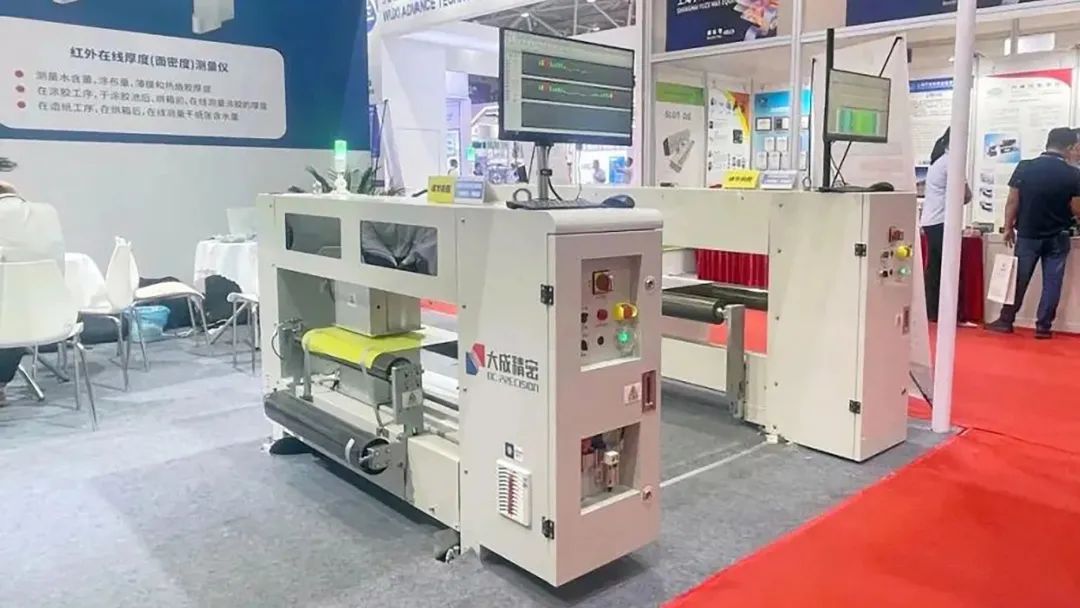What is copper foil?
Copper foil refers to an extremely thin copper strip or sheet with a thickness of less than 200μm processed by electrolysis and calendering, which is widely used in electronic circuits, lithium-ion batteries and other related fields.
Copper foil can be divided into two types according to different production process: electrolytic copper foil and rolled copper foil.
Electrolytic copper foil refers to metal copper foil produced by electrolysis with copper material as the main raw material.
Rolled copper foil refers to a product made by repeatedly rolling and annealing to high precision copper strip with the principle of plastic processing.
According to the different application fields, it can be divided into copper foil for lithium-ion battery and standard copper foil.
Copper foil for lithium-ion battery is mainly used as an anode current collector of lithium-ion battery, and is an important component of the electrode structure.
Standard copper foil is a thin layer of copper foil deposited on the bottom layer of the circuit board, which is one of the important basic materials of copper clad laminate (CCL) and printed circuit board (PCB), and plays the role of a conductor.
Copper foil for lithium-ion battery acts as the carrier of anode material, as well as the collector and conductor of anode electron of lithium battery. Due to good conductivity, soft texture, mature manufacturing technology, and relatively low price, it has become the preferred material for the anode current collector of lithium-ion batteries.
However, as the traditional anode current collector of lithium-ion battery, copper foil has some problems that are difficult to solve, including high production costs and safety hazards caused by the raw materials.
Therefore, the current development path of traditional copper foil is clear – to thin and light one with high density. If the copper foil has thinner thickness, it will have lighter weight of its per unit area, smaller resistance, and higher battery energy density.
As the thickness of copper foil used for lithium-ion battery becomes thinner, the tensile capacity and the resistance to compressive deformation decrease. In other words, the copper foil is more inclined to fracture or crack, which may affect the safety of lithium-ion battery. Besides, those factors including thickness uniformity, tensile strength, and surface wettability have a direct impact on the capacity, yield rate, resistance, and service life of copper foil. Therefore, the thickness measurement of copper foil is an important process of copper foil production.
According to the thickness of copper foil, it can be divided into:
Thinner copper foil (≤6μm)
Ultra-thin copper foil (6-12μm)
Thin copper foil (12-18μm)
Regular copper foil (18-70μm)
Thick copper foil (> 70μm)
X-ray on-line thickness (areal density) measuring gauge for copper foil developed by Dacheng Precision can be applied to the thickness inspection of copper foil in rude foil engine and slitting process. Its high precision can help overcome the production problems of high-performance ultra-thin copper foil.
Advantages of X-ray on-line thickness (areal density) measuring gauge for copper foil
- The scanning frame can be customized according to the field size.
- It can achieve on-line detection of copper foil areal density, and has the function of real-time data feedback to achieve automatic closed-loop effect. It can greatly compress fluctuation of areal density, and control fluctuation range of +0.3um.
- The self-calibration system eliminates all kinds of interference factors to ensure the stable and accurate operation of the measurement system.
The closed-loop system of X-ray on-line thickness (areal density) measuring gauge for copper foil can achieve real-time acquisition of thickness or areal density data, regulating valve opening. The measurement system can simultaneously calculate the deviation of each measurement area, control the flow valve according to the PID control principle, so as to control the thickness or areal density.
We can do customized equipment according to your technical requirements. Any inquiries we are happy to reply, pls send your questions and orders.
Web: www.dc-precision.com
Email: quxin@dcprecision.cn
Phone/Whatspp: +86 158 1288 8541
Post time: Nov-09-2023


.png)




